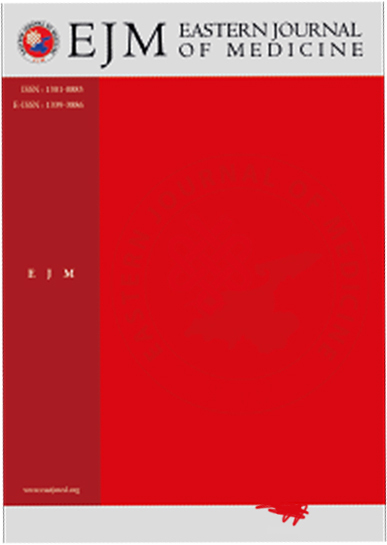The impact of high gain conventional hearing aid on OAEs in a case of auditory neuropathy/ dys-synchrony
Piyali Kundu1, Nachiketa Rout212
Aim of the study is to focus on the impact of high gain hearing aid on outer hair cells functioning as reflected by otoacoustic emission (OAE) changes. A child diagnosed as bilateral moderate -moderately severe sensori neural hearing loss with primary auditory neuropathy / dys-synchrony (AN/ AD) was referred to AYJNIHH (ERC) after being fitted with high gain hearing aid. She had used the hearing aid for less than a year. Audiological evaluation at AYJNIHH (ERC) was indicative of moderate to moderately severe hearing loss with absence of distortion product otoacoustic emissions (DPOAE). She was recommended to discontinue the use of the hearing aid for a couple of weeks. Auditory brainstem response (ABR) and OAE was administered after 14 days. No identifiable peak V was obtained in both the ears however the case had emissions on DPOAE. She was fitted a mild class hearing aid and included for speech language therapy. Conservative trials with amplification devices, diligent monitoring of amplification output levels and OAEs along with possibilities of a cochlear implant was to be explored during therapy. The primary reason behind deterioration in DPOAE may be temporary physiological changes resulting in temporary threshold shift. Therefore, high quality, low gain, wide dynamic range compression hearing aids may be the probable cause of return back of OAEs following two weeks without amplification. Amplification may contribute to loss of OAEs and the risk from use of amplification must be weighed against the benefits of amplification provided to the client.
Keywords: Otoacoustic emissions, auditory neuropathy, outer hair cells, ABR, temporary threshold shift.Manuscript Language: English














